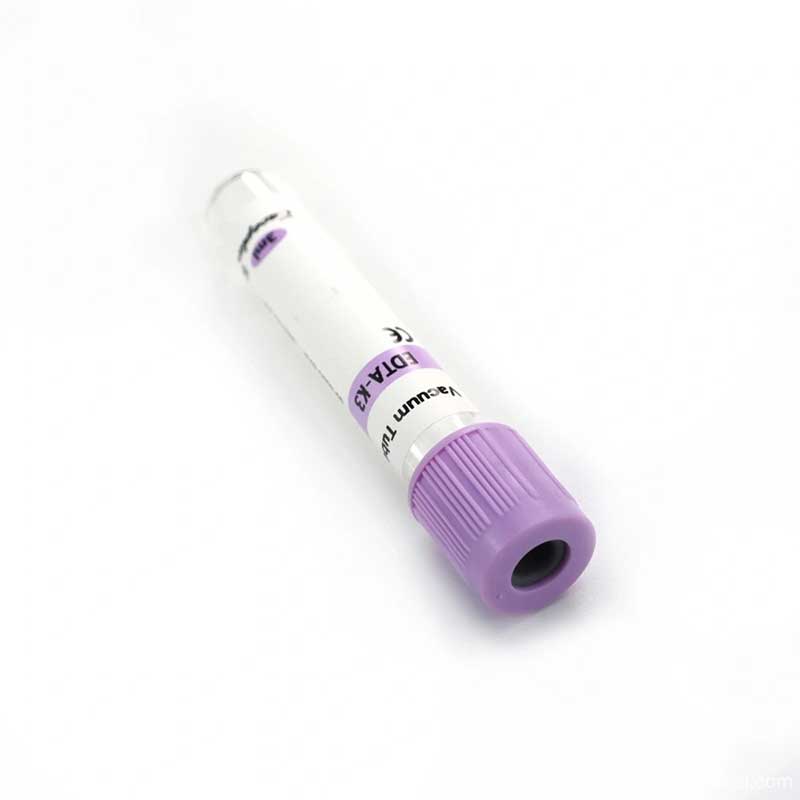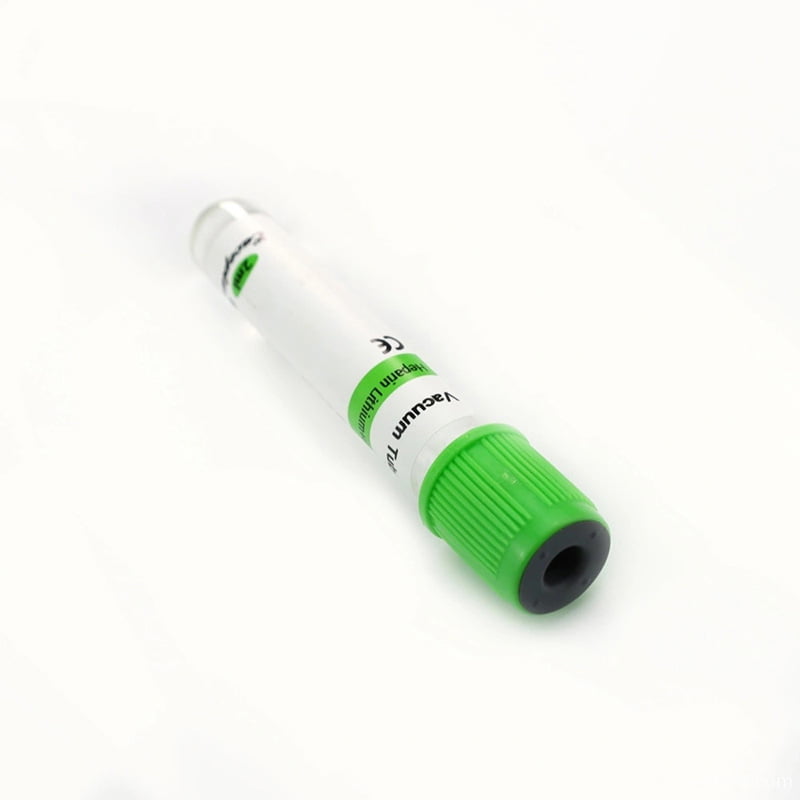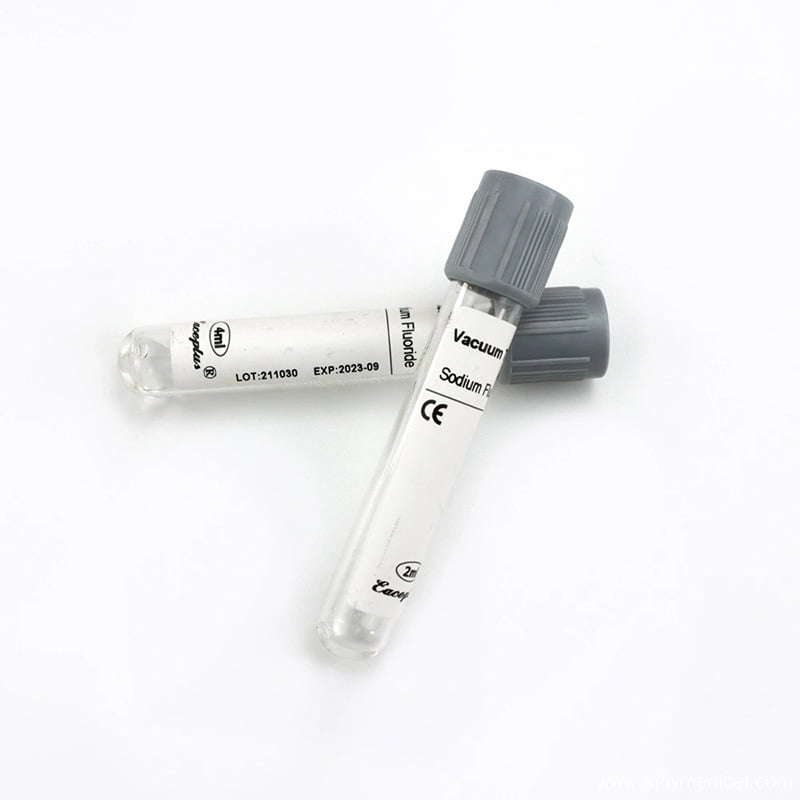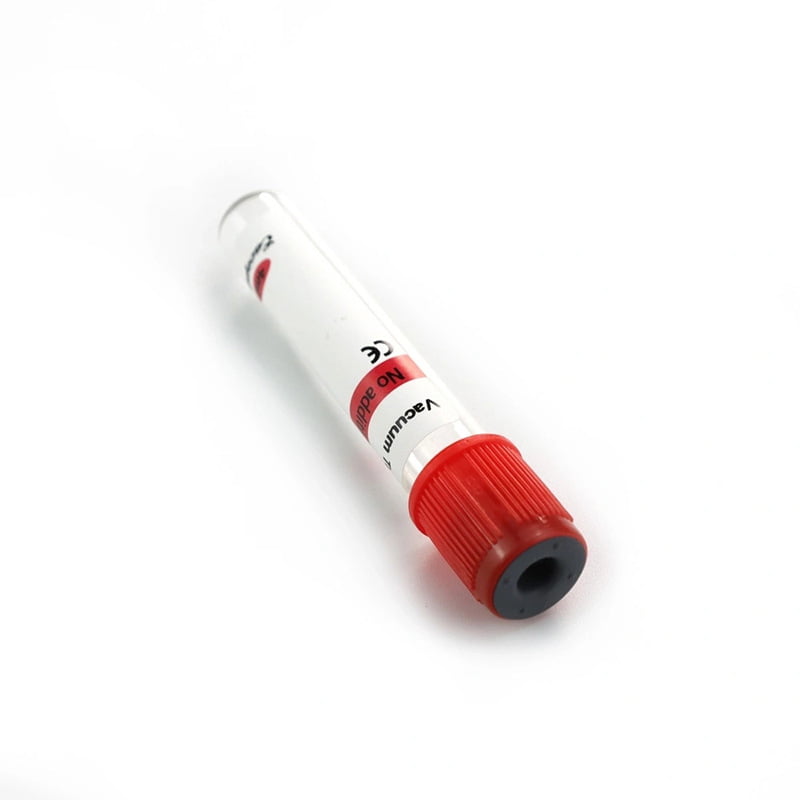A blood collection tube is a device used to collect a sample of blood from a patient. It is a vital tool used in the medical field for a variety of purposes, such as diagnosing and treating illnesses and diseases. In this blog article, we will discuss what a blood collection tube is, its components, and the different types of blood collection tubes.
Table of Contents
Types of Blood Collection Tubes
Blood collection tubes are essential tools for medical professionals as they are used to collect and store blood samples for laboratory testing. There are many different types of blood collection tubes available, each with its own unique purpose. The most common type of blood collection tube is the Vacutainer, which is a plastic or glass tube with a rubber stopper and a vacuum seal. This type of tube is commonly used for venipuncture, where a needle is inserted into a vein to obtain a sample of blood. Another popular type of tube is the syringe, which is made of plastic and has a plunger that creates a vacuum seal when pushed down. Syringes are commonly used for obtaining samples of blood from capillary beds in the skin.
In addition to these two main types of tubes, there are also other types available such as the EDTA tube, which is used to collect anticoagulated blood samples; the serum separator tube, which is used to collect serum or plasma; and the heparin tube, which is used to collect blood samples in a heparinized state. Each type of tube has its own advantages and disadvantages, so it’s important to understand the purpose of each tube before selecting the appropriate one for your needs. It’s also important to note that all blood collection tubes should be disposed of properly after use to prevent contamination and the spread of disease.

Components of a Blood Collection Tube
A blood collection tube is an essential tool in the medical field, providing a safe and sterile way to collect a patient’s blood sample. Blood collection tubes come in a variety of sizes and colors, each designed to hold specific components. Most tubes have a rubber stopper at the top to seal the tube, preventing any contamination. Inside the tube, you will find a separation gel, which is used to separate the components of the blood sample, such as red and white blood cells. The tube also has a label, which is used to identify the sample before it is sent to the lab. To ensure accuracy, the label should include the patient’s name, date and time of collection, and the type of sample being collected. In addition, the tube may also include an anticoagulant, which helps to keep the blood from clotting. Finally, the tube may also contain a preservative, which helps to preserve the sample for future testing. Blood collection tubes are an essential tool for collecting and preserving samples for medical testing.
How a Blood Collection Tube is Used
Blood collection tubes are essential tools used in the medical field. They are used for collecting a sample of a patient’s blood for laboratory testing, such as a complete blood count or a blood chemistry test. The collection tube typically contains an anticoagulant, which prevents the blood from clotting, and a special additive that helps separate the components of the blood sample.
The process of collecting a blood sample begins with the patient providing a sample of their blood. The healthcare provider typically uses a syringe to draw the blood from the patient’s arm and then transfers it into the collection tube. The patient’s arm may need to be cleansed before the collection process. The healthcare provider may also use an alcohol pad or other antiseptic to clean the area where the needle will be inserted. After the sample is collected, the healthcare provider labels the tube with the patient’s information and the date and time of collection.
The collection tube is then placed in a centrifuge, which is a device that spins the tube rapidly in order to separate the components of the blood. After the sample has been centrifuged, the healthcare provider removes the tube from the centrifuge and transfers the separated components into other collection tubes, or onto slides for microscopic analysis.
Blood collection tubes are an essential part of the medical field and are used in many different medical procedures. They allow healthcare providers to accurately diagnose and treat their patients.

Benefits of Using a Blood Collection Tube
Using a blood collection tube can have many benefits for both medical professionals and patients alike. For medical professionals, these tubes provide a convenient and efficient way to collect, store, and transport samples for analysis. With the use of a blood collection tube, medical professionals can quickly and accurately collect a sample and analyze it for a variety of parameters. In addition, these tubes are designed to prevent contamination, as they are made from materials that are highly resistant to bacteria and other contaminants. Furthermore, because the tubes are designed to prevent leakage, they can be stored for long periods of time without risking contamination or degradation of the sample.
For patients, the use of a blood collection tube can provide a much more comfortable experience than traditional methods of collecting blood samples. For example, the use of a blood collection tube can provide a much less invasive and less painful way to collect a sample. Additionally, blood collection tubes are often specifically designed to limit the amount of blood that is needed to be collected, meaning that patients may not need to undergo multiple draws to obtain a sufficient sample. As a result, the use of a blood collection tube can help to ensure that the collection process is quick and easy, while also reducing the amount of trauma that a patient may experience.
Overall, the use of a blood collection tube can provide many benefits for both medical professionals and patients. These tubes provide a convenient and efficient way to collect and store samples for analysis, while also helping to reduce the amount of trauma experienced by patients. As a result, the use of a blood collection tube can be an invaluable tool for both medical professionals and patients alike.
Commonly Used Blood Collection Tubes
Blood collection tubes are a critical part of the medical laboratory. They are used to collect and store blood specimens for testing and diagnosis. There are various types of blood collection tubes available, each with its own specific purpose and recommended use. The most commonly used types include:
The red-top tube is used for routine chemistry tests and is typically the first tube drawn. Red-top tubes contain no anticoagulants and are used for serum tests. They are also used for collecting whole blood for hemoglobin, white blood cell count, and red blood cell count.
The blue-top tube is used for collecting blood for coagulation tests. It is filled to the black mark with whole blood and contains a clot activator and sodium citrate.
The lavender-top tube contains an anticoagulant called EDTA and is used for collecting blood for hematology tests. The tube is filled to the black mark with whole blood and should not be shaken.
The green-top tube contains sodium heparin and is used for collecting blood for blood gas tests. The tube is filled to the black mark with whole blood and should not be shaken.
The gray-top tube contains an anticoagulant called acid citrate dextrose A (ACDA) and is used for collecting blood for lead tests. The tube should be filled to the black mark with whole blood and should not be shaken.
The pink-top tube contains a preservative solution and is used for collecting blood for glucose tests. The tube should be filled to the black mark with whole blood and should not be shaken.
The yellow-top tube contains sodium fluoride and is used for collecting blood for glucose tests. The tube should be filled to the black mark with whole blood and should not be shaken.
The black-top tube contains no anticoagulant and is used for collecting blood for trace element tests. The tube should be filled to the black mark with whole blood and should not be shaken.
It is important to use the correct type of blood collection tube for each test, as mixing different types of tubes can affect the accuracy of the results. When collecting blood specimens, it is important to follow the instructions carefully to ensure the accuracy of the tests.
Conclusion
A blood collection tube is an essential tool for medical professionals and laboratories. It is a device used to collect and store blood samples for testing or study. Blood collection tubes come in various sizes, colors, and types and must be used with the appropriate anticoagulant for the specific type of test. The use of a blood collection tube helps to ensure the accuracy of laboratory tests and can be a key factor in diagnosing and treating medical conditions.

























































